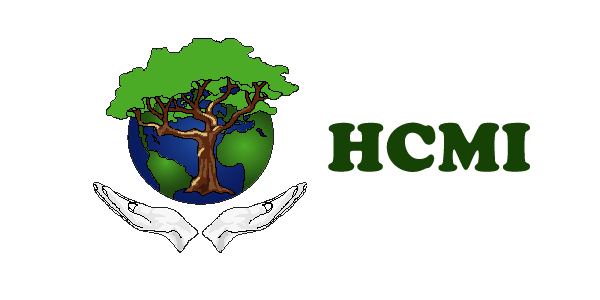 Histoplasma causes Histoplasmosis, a disease usually affecting the lungs, but can infect other parts of the body as well. The photo shows skin lesions caused by fungus.
Histoplasma causes Histoplasmosis, a disease usually affecting the lungs, but can infect other parts of the body as well. The photo shows skin lesions caused by fungus.
Histoplasmosis is the most common endemic fungal infection diagnosed in the U.S. Histoplasmosis has also been named Ohio River Valley fever and bird-fancier's disease. And yet, about 90% of infections caused by Histoplasma produce no symptoms.
Occasionally, a few asymptomatic patients will show small scars in lung X-rays. Symptomatic people often develop fever, chills, dry cough, malaise, sweats, and abdominal pains about three to 14 days after exposure. If the disease progresses, symptoms such as weight loss, fatigue, dyspnea, chest pain, and reduced or loss of vision may occur. A sign of progression are patchy infiltrates seen on chest X-rays, usually in the lower lung fields. Other symptoms that can occur, especially in patients that are immunosuppressed, are mouth ulcers, fevers, headaches, confusion, seizures, encephalopathy, and infrequently, death.
Histoplasma can occur in high concentrations in sources of bird and bat feces. Histoplasmosis can affect other mammals like dogs and cats, but these animals do not transfer the disease to humans or to other animals.
